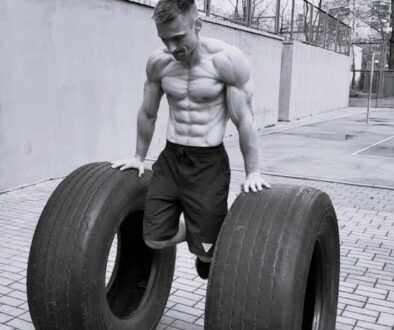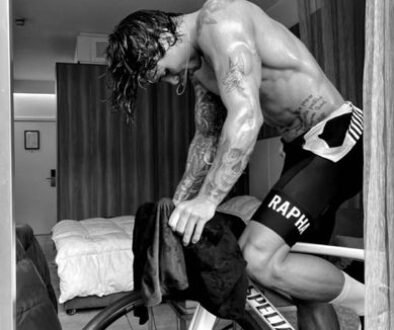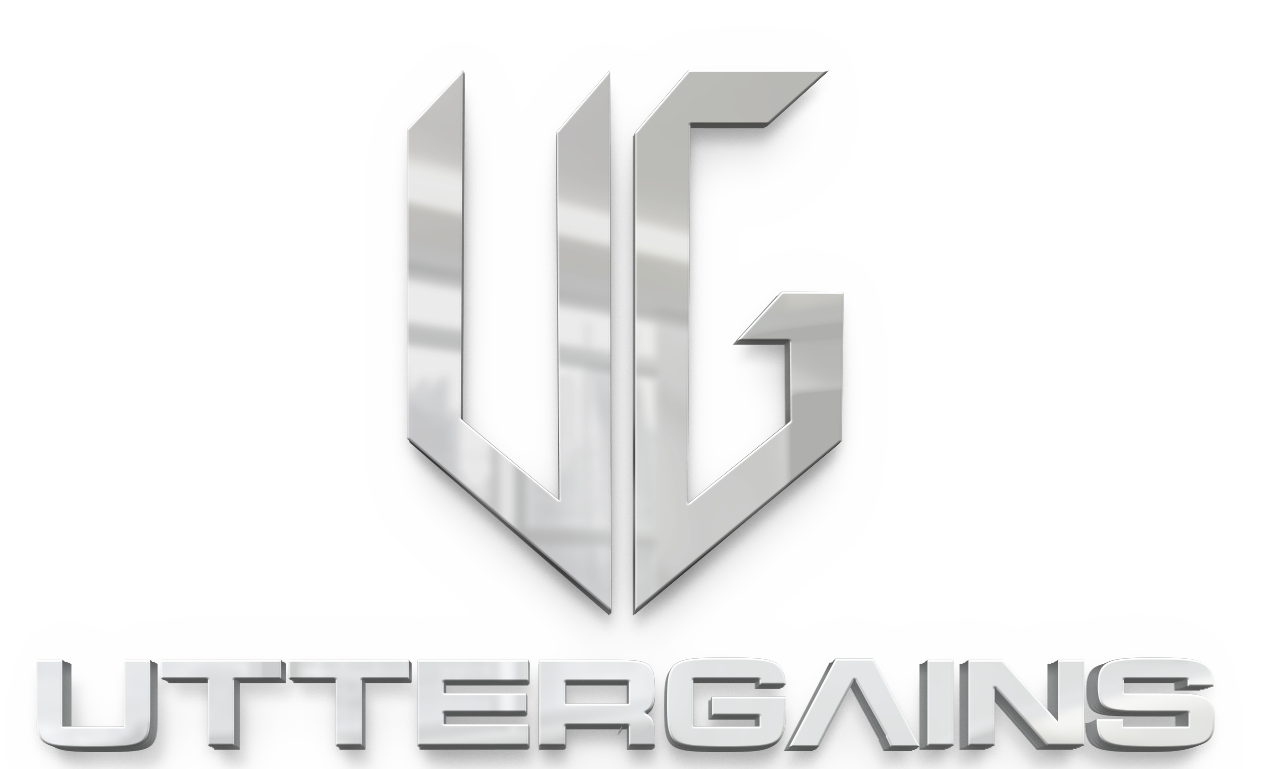Prioritizing Workout Form: The Key to Safe and Effective Exercise

Prioritizing Workout Form: The Key to Safe and Effective Exercise
When it comes to working out, many people focus on how many reps they can complete or how much weight they can lift. But there’s another, often overlooked, element that’s just as important—your workout form. Workout form refers to the way you perform each movement during exercise. It’s not just about looking good in the gym; it’s about ensuring that you’re exercising in a way that maximizes results while minimizing the risk of injury.
Why Workout Form Matters
The primary goal of any exercise is to get stronger, fitter, or more athletic. However, these gains are only possible when you perform exercises with the correct form. Proper workout form helps ensure that you’re targeting the right muscles and reducing unnecessary strain on your joints. When your form is off, you risk putting stress on areas of your body that aren’t meant to bear that load, leading to injuries over time.
For example, when performing a squat, your form determines whether your legs and glutes are doing the work or if your lower back is taking on unnecessary stress. Good workout form in a squat involves keeping your chest up, your knees in line with your toes, and your weight balanced on your heels. Deviating from this form might allow you to lift more weight temporarily, but it could lead to back pain or knee injuries.
The Consequences of Poor Form
Poor workout form isn’t just a minor issue—it can have serious consequences. One of the most common problems is injury. When you push through an exercise with bad form, you’re more likely to strain muscles, ligaments, and tendons, or even cause joint damage. These injuries can set back your progress and, in some cases, may prevent you from working out for weeks or even months.
Another issue with poor form is that it diminishes the effectiveness of your workouts. If you’re not using the correct muscles during an exercise, you’re not going to see the full benefits of that workout. For example, if your push-up form is off, you may be using your shoulders too much and not engaging your chest and triceps as intended. This means you’re not building the strength you could be, even though you’re putting in the effort.
The Role of Fatigue in Workout Form
It’s important to recognize that fatigue can also affect your workout form. As you progress through a workout, your muscles get tired, and maintaining perfect form becomes more challenging. This is natural, but it’s crucial to listen to your body and stop or adjust the exercise when your form starts to slip. Pushing through the fatigue while sacrificing form is a recipe for injury.
A common mistake is trying to complete an extra few reps at the cost of proper form. This may seem like a good idea to push your limits, but in reality, it’s counterproductive. Those final reps performed with bad form are not as effective as earlier reps and could lead to long-term issues. It’s better to stop when your form starts to break down and save your energy for another set where you can perform the exercise correctly.
How to Improve Workout Form
Improving your workout form is a process that requires attention to detail, patience, and often guidance from a knowledgeable coach or trainer. Here are a few tips to help you improve your form:
-
Start Light: When learning a new exercise or working on improving your form, start with a lighter weight or just your bodyweight. This allows you to focus on the movement without the distraction of heavy loads.
-
Mirror Work: Performing exercises in front of a mirror can help you see what your body is doing. This visual feedback is invaluable for making small adjustments to your form.
-
Record Yourself: Filming your workouts can give you an even better perspective on your form. You can review the footage and identify areas that need improvement.
-
Seek Feedback: Don’t be afraid to ask a trainer or a more experienced gym-goer to check your form. Their outside perspective can help you make the necessary corrections.
-
Focus on Core Strength: A strong core is essential for good workout form, especially in exercises like squats, deadlifts, and presses. Engaging your core helps stabilize your body and maintain proper alignment during movement.
-
Stay Mindful: Be mindful of how your body feels during each exercise. If something feels off or uncomfortable, stop and reassess your form before continuing.
Establishing a Standard for Workout Form
Everyone’s body is different, so your workout form might not look exactly like someone else’s, and that’s okay. The key is to establish a form standard that works for your body and goals. This standard should take into account your range of motion, any previous injuries, and your specific fitness objectives.
For example, if you have a shoulder injury, your form for a bench press might involve a shorter range of motion to avoid aggravating the injury. Or, if you’re working on flexibility, your squat form might look different than someone who is focusing purely on strength. The important thing is that you’re moving in a way that is safe and effective for you.
The Long-Term Benefits of Prioritizing Form
Focusing on your workout form isn’t just about avoiding injury in the short term. It’s also about ensuring long-term success in your fitness journey. When you prioritize form, you’re building a solid foundation that allows you to progressively lift heavier, perform more reps, and tackle more challenging exercises with confidence.
Additionally, good form helps you develop better body awareness and control, which can carry over into other areas of your life. Whether you’re playing sports, engaging in physical hobbies, or just going about your daily activities, the movement patterns you develop in the gym will serve you well.
Conclusion: Form is Progress
In the quest for fitness, it’s easy to get caught up in numbers—how much weight you can lift or how many reps you can do. But remember that these numbers mean little if they’re achieved with poor form. Prioritizing your workout form is not a limitation; it’s a tool for ensuring that every rep you perform is as effective as possible. By focusing on technique, you’ll not only avoid injuries but also make real, sustainable progress in your fitness journey.
So the next time you step into the gym, keep form at the forefront of your mind. It’s not just about how much you can lift; it’s about how well you can do it. And that is the true measure of progress in any workout routine.



